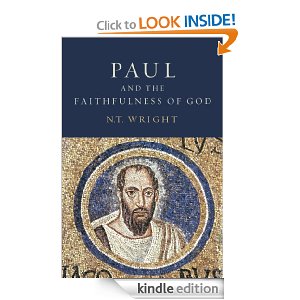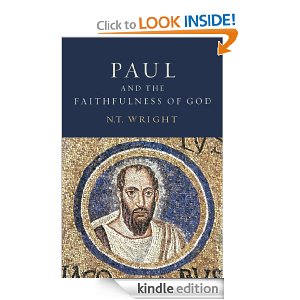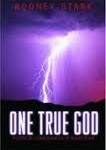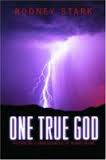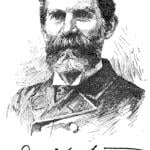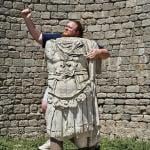“Paul and the Faithfulness of God”: Wright’s big Opus
by larryhurtado
Late in 2013 I was asked by the journal, Theology, to review N.T. (Tom) Wright’s then-forthcoming book on Paul. As I am committed to preparing an essay on Paul for a conference in Rome in June this year, I agreed. A few days later a huge parcel arrived for me, and upon opening it I found that I had agreed to read/review a work of two volumes comprising over 1600 pages! I’ve sent off the review now, and it’s been accepted for publication in due course. But, even with the special generosity of the editors, I had to confine the review to 1800 words, which required brevity and a selection of things to mention. I have more to say about the work, however, and so in this and subsequent postings will give some further observations and thoughts beyond what I was able to include in the Theology review.
I want to indicate right away that Tom and I are on friendly terms. So, if/when I include critical comments these reflect honest questions, reservations and/or disagreements. But before any of that, I want to register my admiration of the massive labour and learning, the obviously prolonged pondering of texts and issues, Tom’s passion and fervour for the subject, and the accessible (often conversational) writing style demonstrated throughout the massive opus. The work obviously reflects decades of previous publications on Paul and his letters, and incorporates the results of those publications (with references to Wright’s prior publications at numerous points). But Paul and the Faithfulness of God is clearly Wright’s magnum opus on Paul, and should be now the key reference point in engaging his views on Pauline matters.
I found his discussion of a number of particular matters incisive and helpful. As an example, I found stimulating his emphasis that in Paul the “justification” of believers is essentially God’s eschatological judgment, extended now to those who put faith in Jesus’ vindication expressed in God raising him from death and exalting him to heavenly glory. Even in cases where I remain unpersuaded, Tom’s views justify the time to engage them.
But, for this first posting on the work, perhaps the first thing to comment on is its size. It is, to my knowledge, the largest single-author work on Paul in print, likely the largest ever published. When J.D.G. Dunn published his big book, The Theology of Paul the Apostle (Grand Rapids: Eerdmans, 1998), which weighed in at some 800 pages, there were comments about its bulk. So what are we to think of Wright’s work coming in at twice that size? I have to say that I found it off-putting. It’s a huge demand on readers, even if Wright’s writing style makes it readable. For writing on Paul, we have a handful of his epistles and Acts of the Apostles from which to work. To produce from these a work of 1600 pages is, shall we say, impressive.
But I wonder if it’s misjudged. For one thing, the sheer bulk of the work runs the risk of taking centre-stage more than its subject, Paul. Wright seems to require so much space in which to lay out his approach and the framing notions that he makes essential to his reading of Paul that all this intellectual “machinery” can get in the way. Was it really not possible to set out relevant matters much more concisely, and foreground more Paul himself? It isn’t till chapters 9-11 (of 16 total) that we really get down to serious and in-depth discussion of Paul’s beliefs, and to extended consideration of Pauline texts. By Wright’s own account, chapters 9-11 form the crux, the fulcrum of the larger work. I found myself impatient to get into them (but I’ve been accused of impatience often). It appears that Tom can’t get enough of pondering Paul and writing about him. But as a busy reader I confess that I found myself restless with the frequent digressions, and the leisurely pace taken, especially in the first few chapters.
In so far as others may share some of my impatience, I suspect that they will read selectively in this massive work. Chapters 9-11 are essential, to be sure, and these chapters alone comprise some 660 pages (roughly the amount of space that I devoted to the first 150 years of Jesus-devotion in my book, Lord Jesus Christ)! But beyond that, I suspect that at least some readers will survey the rest of the work to choose portions that they judge important. Tom will likely find that a shame, and will hope that it doesn’t characterize too many readers. But I fear that the decision to produce such a sprawling work will have this result. More on the contents of the work in subsequent postings.


